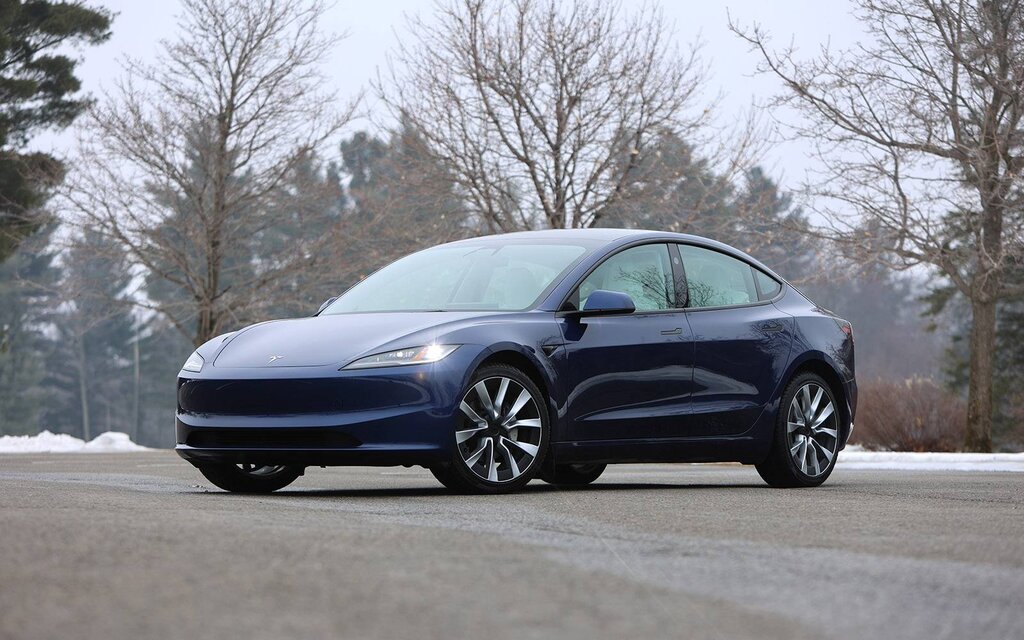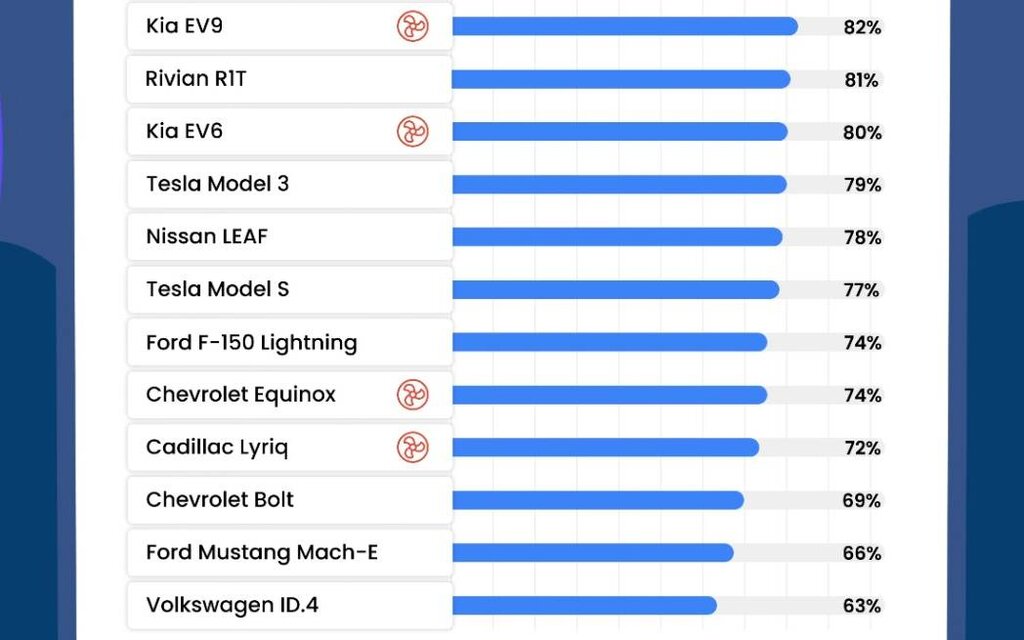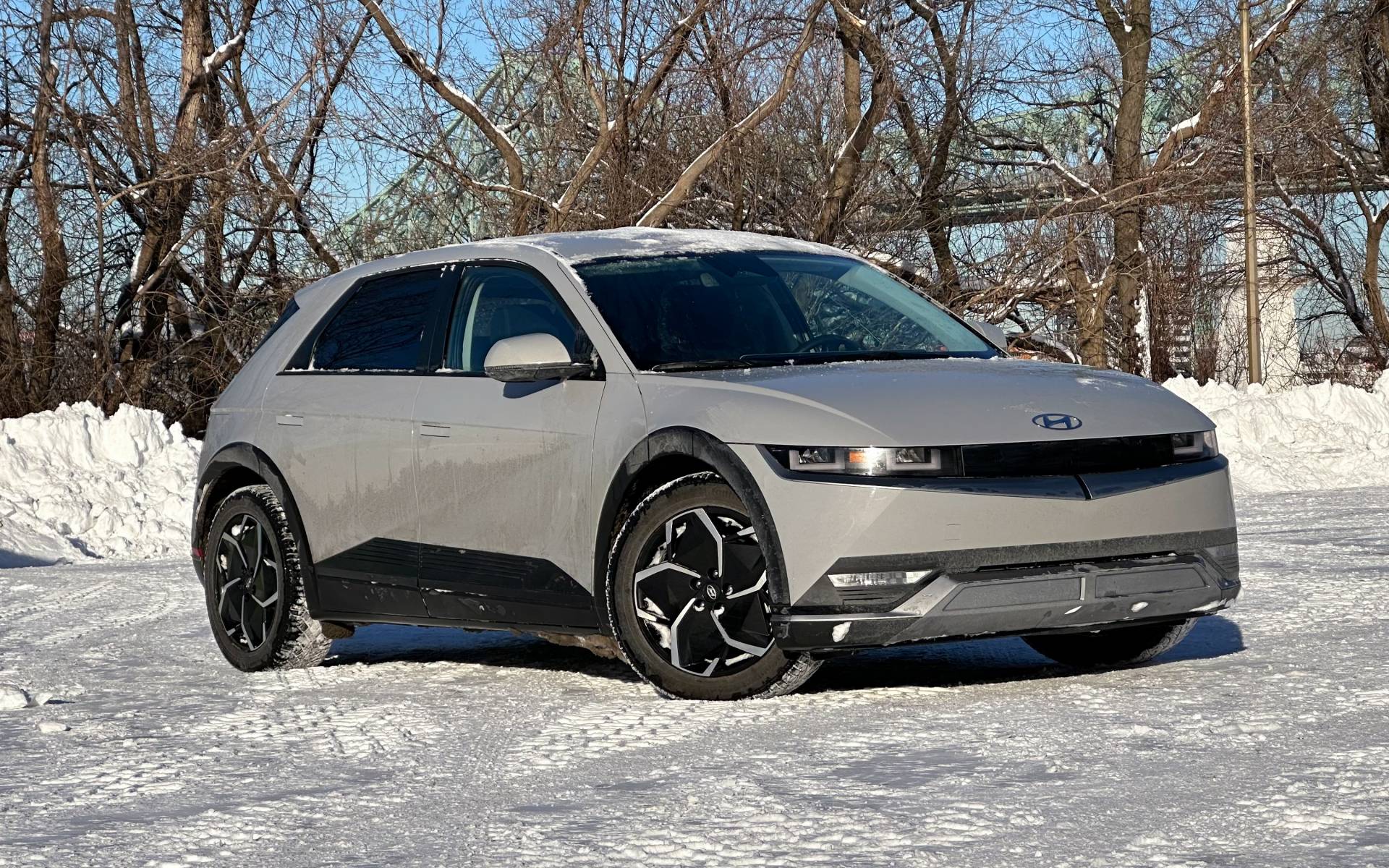This Key Feature Will Boost Your EV’s Range in Winter, Study Shows
With temperatures dropping to extremely cold levels in many parts of Canada and the U.S. this week, a new study provides updated data on electric vehicle performance in winter, more specifically battery range loss.
It comes from Recurrent, the same company from the Pacific Northwest that we reported about a couple of other times in the past years following similar studies.
- Also: Polestar’s Cold-Weather EV Driving Tips Arrive Just in Time for Winter
- Also: Used Electric Vehicles in Cold Weather Conditions
Heat Pump is the Key
For the 2024/2025 winter study, the team analyzed real-world driving data from over 18,000 vehicles in the U.S. across 20 popular models. It found out that EVs equipped with a heat pump average 83 percent of their range at 0 degrees Celsius compared to ideal conditions, while those that are not average only 75 percent.

An identical improvement was noted between Tesla Model 3 cars with a heat pump (87 percent) and others devoid of the feature (79 percent). This tends to confirm the general assumption that heat pump technology can extend an EV’s range by around 10 percent, making it a key consideration for people who live in cold climates, especially Canadian drivers.
As Recurrent explains, a heat pump works by transferring heat from the outside air, even in cold conditions. It uses refrigerant and compression to produce hot air much more efficiently than resistive heating systems. However, its efficiency diminishes as temperatures drop below 10 degrees Celsius.
EVs vs. The Cold: Which Ones Fare the Best?
That being said, a heat pump is just one part of the solution when it comes to cold-weather performance and preserving range. All EVs are not created equal, starting with battery chemistry. Tesla ranks among the best-performing brands along with Hyundai, as the following chart from Recurrent shows:

Kia also averaged 80 percent or better according to the latest data. On the other hand, two GM models equipped with a heat pump (Chevrolet Equinox EV and Cadillac Lyriq) and a pair of Ford models that lack one (F-150 Lightning and Mustang Mach-E) lost a significant chunk of their normal range in winter. In last place was the Volkswagen ID.4 (data for MY2021 only):

Of course, range loss is more of an issue on long trips than weekday commutes around town since drivers spend more time on the road, maintain higher speeds and don’t benefit as much from regenerative braking.
Recurrent also reminds us that heating an EV’s cabin in winter uses substantially more energy than activating the heated seats and heated steering wheel. And unlike what many people believe, extreme heat can damage a battery much more quickly than the cold. Check out Recurrent’s website for the full study.












